How Much Does it Cost to Get Started Raising Backyard Chickens?
- February 2, 2024
- 0 comment
Starting my backyard chicken journey was inspired by a quest for fresh eggs, a sustainable lifestyle, and the delightful company of these birds in my garden. As someone who has navigated the financial aspects of setting up a small flock, I aim to provide a concise overview of the initial and ongoing costs to help you gauge if this venture aligns with your financial and lifestyle goals.
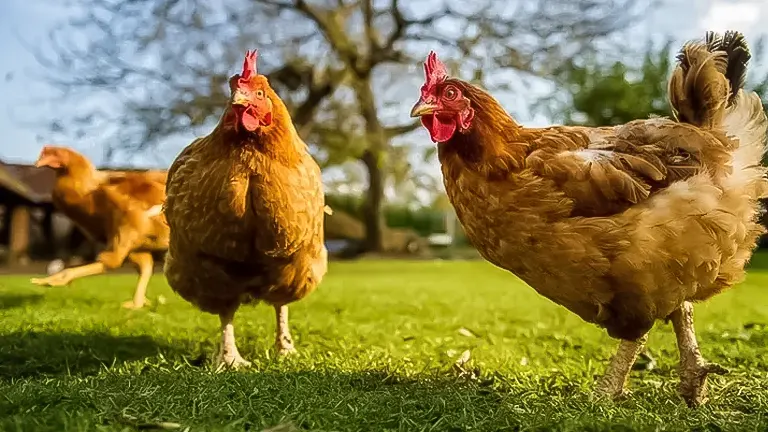
The upfront expenses for establishing a flock of about 5 or 6 chickens are the bulk of your investment, pivotal for those considering the chicken-keeping lifestyle. These start-up costs can vary widely based on location, the choice between local or online purchasing, and the fluctuating market, particularly in the wake of recent increased interest in backyard poultry.
From building my first modest coop for 6 chickens to later upgrading, I’ve learned the importance of minimal initial expenditure until you’re committed to and enjoy chicken keeping. This guide aims to offer a realistic financial range for beginners, emphasizing the value of cautious spending at the outset.
List of How Much Does it Cost to Get Started Raising Backyard Chickens:
Is Raising Chickens Cost-Effective?
Determining the financial feasibility of raising backyard chickens reveals that the initial investment might take 2-4 years to recoup for the average individual. However, beyond this period, keeping chickens can become financially rewarding. For those with a sufficiently large flock, selling eggs at local markets can generate ongoing income.
Egg prices at grocery stores range from $0.50 to $0.85 each, influenced by factors like organic certification and free-range status. A household consuming four eggs daily accumulates a yearly expense of approximately $730 to $890 on eggs alone, based on average costs. Additionally, transportation expenses to purchase eggs can add significantly to overall costs, especially for those living in remote areas. In my case, living far from the nearest market means that the cost of fuel is a notable consideration, further emphasizing the value of on-site egg production.
Hens typically begin laying eggs at 5-7 months, with an annual yield of up to 250 eggs per hen, though this varies with breed and environmental conditions. The onset of laying can be influenced by the season in which chicks are acquired, potentially delaying production for those obtained later in the year. From personal experience, our Buff Orpingtons began laying at six months during the colder months, averaging an egg per day or every other day, while our Easter Eggers started at around eight months, eventually reaching a similar daily output.
The financial return on raising chickens is highly individual, dependent on factors like egg consumption, the size and age of the flock, habitat preferences, potential for egg sales, and geographic location. Thus, while the break-even point can vary, the venture can ultimately offer tangible savings and potential profits for many.
Initial Set-Up Costs
1. Coop Construction or Purchase
The chicken coop stands as the cornerstone of your backyard chicken endeavor, representing the most significant portion of your initial outlay. The cost spectrum is broad, heavily influenced by the choice between embarking on a DIY project or opting for a commercially available coop. For the hands-on individual, constructing a coop from scratch or utilizing reclaimed materials can keep expenses down to about $200.
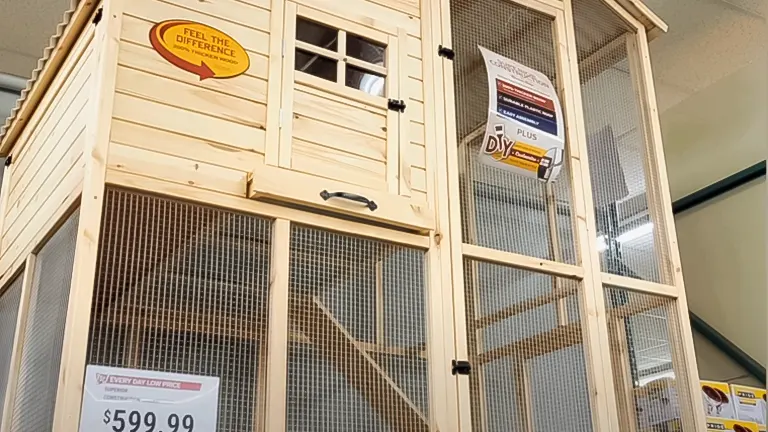
However, this approach requires a good measure of DIY skills and time commitment. On the other end, ready-made coops offer convenience and time savings at a higher price point, often surpassing $500 for models with enhanced features and durability.
My personal experience with a DIY coop—a project that struck a balance between affordability and functionality resulted in a $599.99 to $650 expenditure. This figure included the cost of new lumber, hardware, and the labor spread over several days, showcasing a middle-ground approach between cost-saving and quality.
2. Chicken Run
Adjacent to the coop, the chicken run is an indispensable element that ensures the safety and health of your flock by providing them a secure area to roam, forage, and engage in natural behaviors. Constructing a run involves additional costs, primarily for materials such as chicken wire and support posts.
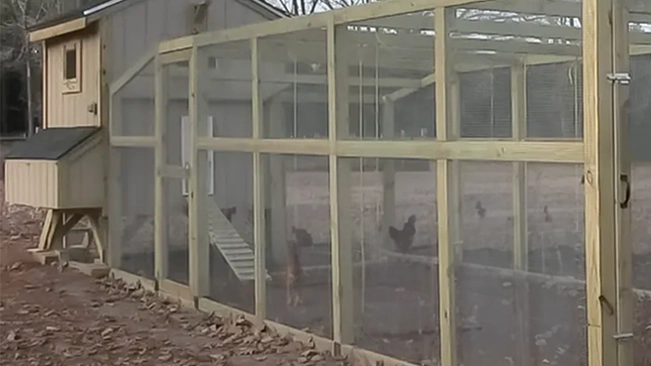
My own investment in creating a suitable run attached to the coop amounted to roughly $150. This expense is critical for safeguarding your chickens from predators and allowing them ample space for exercise and sunlight, both essential for their overall well-being and productivity.
3. Chickens Chicks
The initial cost of acquiring chickens is variable, influenced by factors such as breed, age, and the point of purchase. Opting for young pullets, which are chickens under a year old that are nearing or have begun laying eggs, presents a cost-effective and practical option.
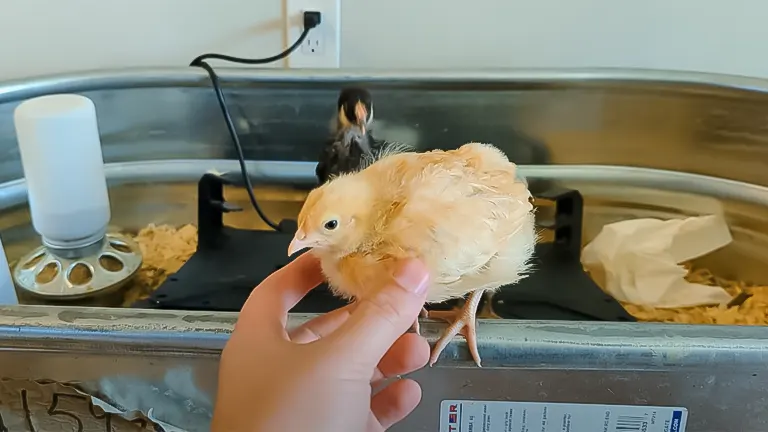
These can range between $15 to $25 per bird, depending on their breed and the market. Specialty or rare breeds often command higher prices. For my initial flock of six hens, the total investment was approximately $120, a figure that underscores the relatively moderate cost of starting your flock, albeit with potential variations based on specific preferences and local price trends.
4. Feeding and Watering Equipment
Securing reliable feeding and watering solutions is paramount for maintaining a healthy and productive flock. The investment in high-quality feeders and waterers is not just a matter of convenience but a necessity for ensuring the birds have constant access to food and clean water.
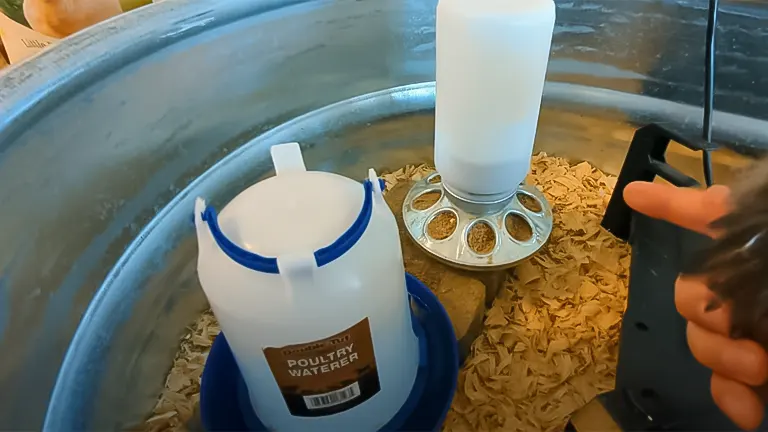
This equipment, crucial for preventing disease and promoting growth, cost me around $50. Opting for durable, easy-to-clean designs helps in the long-term management of the flock’s dietary needs and hygiene, contributing to overall flock health and reducing the likelihood of disease outbreaks.
5. Bedding
Proper bedding is essential for maintaining a clean and comfortable environment within the coop. Initially, I chose pine shavings for their absorbency and relative cost-effectiveness, spending about $15 for a large bale.
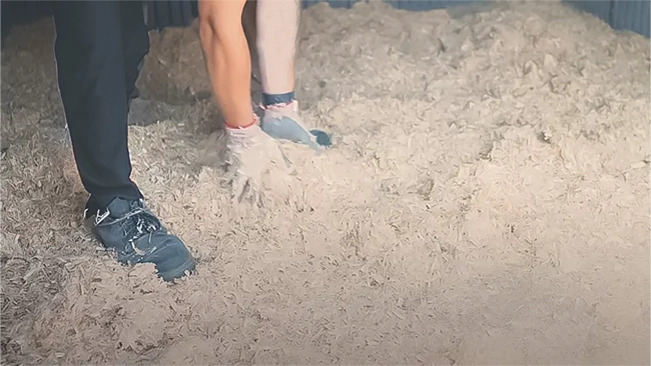
The choice of bedding material affects not only the health and comfort of your chickens by providing a soft layer on the coop floor but also plays a role in odor control and ease of cleaning.
Regular replacement of bedding, dependent on the size of your coop and the cleanliness standards you maintain, is a recurring expense that contributes to the overall well-being and hygiene of your backyard flock.
Recurring Expenses
1. Feed
Feeding your backyard chickens constitutes the most consistent and notable recurring expense in poultry keeping. The monthly cost for chicken feed can range between $20 to $40, fluctuating based on the flock’s size and the feed’s quality.

Opting for organic feed, as I did, represents a commitment to sustainability but also incurs a higher cost. This choice aligns with a broader goal of promoting a healthier lifestyle and environment, despite the increased expenditure.
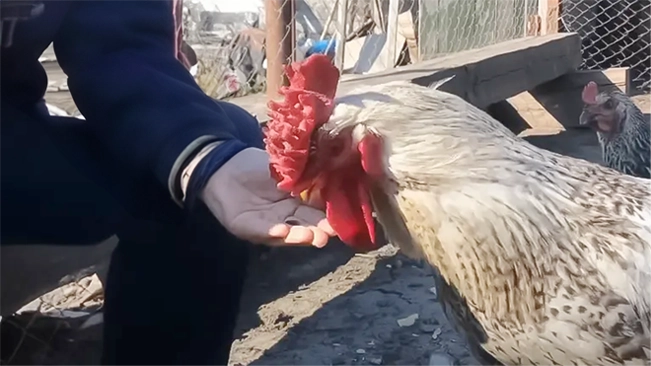
Organic feed not only supports the well-being of the chickens but also contributes to the production of higher quality eggs, making it a worthwhile investment for those prioritizing organic living. Balancing the cost with the benefits, the decision to use organic feed reflects a deliberate step towards sustainable and ethical chicken rearing.
2. Health Care and Miscellaneous
Allocating funds for the health care of your chickens is an essential aspect of their maintenance, covering needs such as dewormers, lice treatments, and other unforeseen medical expenses. I typically set aside around $20 every few months for such costs, acknowledging that this figure may fluctuate depending on the health and well-being of the flock.

This budgeting acknowledges the reality of chicken keeping, where health issues can arise unexpectedly, necessitating prompt and effective treatment. The commitment to maintaining a healthy flock not only ensures the longevity and productivity of your chickens but also mitigates larger expenses down the line, resulting from neglected health issues.
Hidden Costs and Considerations
1. Time Investment
Beyond financial considerations, the investment of time into the care of backyard chickens is substantial. The daily routine of feeding, watering, cleaning the coop, and performing health checks demands a significant commitment. This aspect of chicken keeping is challenging to quantify but is crucial for the well-being of the flock.
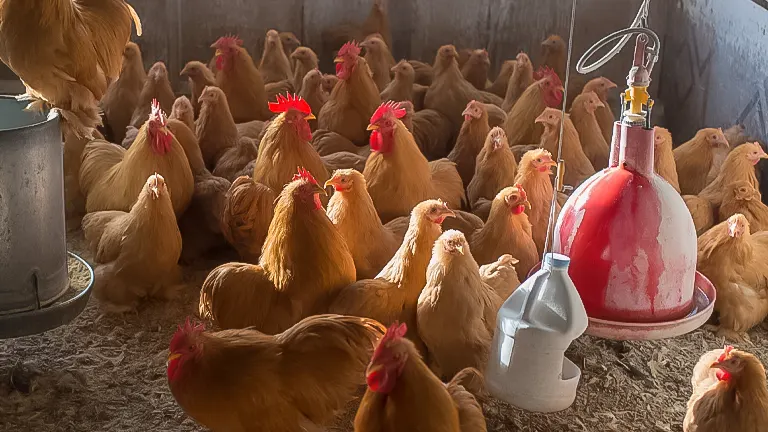
For individuals with already full schedules, integrating these tasks requires careful planning and prioritization. The time spent on these activities is a testament to the dedication required for successful poultry management, underscoring the importance of considering whether one’s lifestyle can accommodate the demands of chicken keeping.
2. Predation Prevention
Safeguarding your chickens from potential predators is a critical yet often overlooked aspect of poultry keeping that can incur unexpected costs. Following an encounter with a local fox, I invested an additional $50 in hardware cloth to fortify my coop’s defenses.
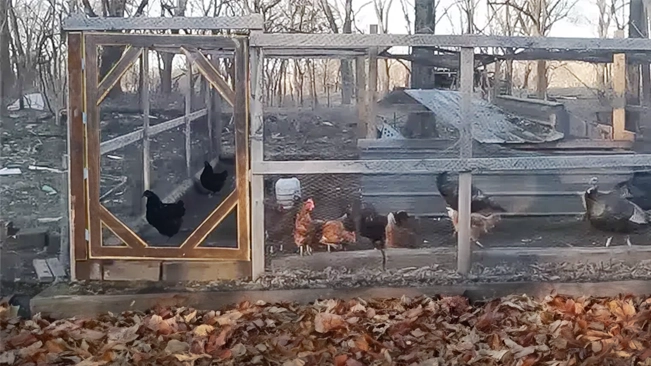
This expenditure highlights the necessity of proactive measures to protect the flock from common predators such as foxes, raccoons, and birds of prey. Effective predation prevention requires both initial and ongoing investments in secure housing and vigilant monitoring, ensuring the safety and security of the chickens throughout their lives.
3. Losses
An unavoidable reality of raising chickens is the potential for losses due to illness or predation. This aspect of chicken keeping encompasses both financial and emotional dimensions, as the loss of any member of the flock can be disheartening. Preparing for such eventualities is part of responsible flock management, recognizing that despite best efforts, losses can and do occur.
The impact of these losses extends beyond the immediate financial cost to replace chickens, encompassing the time and care invested in each bird. Accepting this risk is integral to the holistic understanding of the responsibilities and challenges inherent in maintaining a backyard flock.
Is It Worth It?
Reflecting on my journey, the initial cost to start raising backyard chickens was around $700, including the coop, run, chickens, and all necessary equipment and supplies. While the start-up cost is not negligible, the rewards—fresh eggs, organic pest control, and the joy of watching these creatures roam your backyard—are immeasurable.
The decision to raise backyard chickens shouldn’t be solely based on economics. It’s about embracing a lifestyle that values sustainability, animal welfare, and the joy of producing your own food. For me, the benefits far outweigh the costs, and I haven’t regretted my decision for a moment.
If you’re contemplating this rewarding endeavor, consider not just the financial investment but also the time, effort, and love you can devote to these fascinating creatures. With proper planning and realistic expectations, raising backyard chickens can be an incredibly fulfilling experience.
Total Investment
Adding it all up, the initial investment to get started with backyard chickens was around $650 for me, with ongoing expenses of about $55 per month. This can vary depending on how elaborate your setup is, the cost of living in your area, and how many chickens you decide to keep.
Related Articles:
- Best Bedding For Chickens
- Best Safe Chicken Coop Heater
- 8×8 Chicken Coop Plans
- Turning a Shed Into a Chicken Coop
- How to Make a Chicken Coop Out of Pallets
- Best Sand for Chicken Coop
- How To Insulate a Chicken Coop
- How To Heat a Chicken Coop
- How To Keep Water from Freezing in Chicken Coop
- How to Build a Chicken Coop
- How To Build Chicken Nesting Boxes
Final Thoughts
While there is a financial cost to raising backyard chickens, the rewards far outweigh the expenses for me. The joy of watching my flock roam the backyard, the satisfaction of collecting eggs each morning, and the peace of mind knowing where my food comes from are priceless. If you’re considering starting your own backyard flock, I encourage you to weigh the costs and benefits. With some planning and budgeting, raising backyard chickens can be an incredibly fulfilling endeavor.
Frequently Asked Questions
- How much does a chicken coop cost?
The cost of a chicken coop can vary widely depending on size, materials, and features. Basic coops start around $200, while larger, more elaborate ones can exceed $2,000. A mid-range coop that comfortably houses a small flock could cost around $500. - Do I need to fence my backyard for chickens, and what would that cost?
Yes, fencing is recommended to protect your chickens from predators and to keep them contained. The cost can range from $50 to $200 or more, depending on the size of the area and the type of fencing material you choose. - What are the ongoing costs of feeding backyard chickens?
The monthly cost of feed depends on the number of chickens and the type of feed. On average, expect to spend about $15 to $30 per month for a small flock. Organic and specialty feeds will cost more. - How much do waterers and feeders cost?
A basic set of feeders and waterers starts around $20-$30. Prices increase with larger sizes or more durable materials. - Are there any costs associated with chicken bedding?
Yes, you’ll need to purchase bedding material such as straw or wood shavings. Expect to spend about $5-$15 per month, depending on the size of your coop and how frequently you change the bedding. - What kind of health care costs should I anticipate?
While chickens are relatively low-maintenance, budgeting $50-$100 annually for health care (such as deworming and mite treatments) is a good idea. - Do I need to budget for chicken treats and supplements?
Yes, while not mandatory, treats and supplements can help keep your chickens healthy and happy. Budget around $5-$10 per month for these extras. - What are the unexpected costs of raising backyard chickens?
Unexpected costs can include emergency vet visits, replacing or repairing coop and fencing, and adding winter insulation. It’s wise to have a contingency budget of at least $100-$200 per year. - How much does it cost to purchase chickens?
The cost of chickens varies by breed, age, and availability. On average, expect to pay $5-$25 per bird. Rare breeds or show-quality chickens can cost more. - Can raising backyard chickens save me money in the long run?
While there’s an upfront investment and ongoing costs, raising backyard chickens can save you money on eggs and poultry over time, especially if you prioritize sustainability and organic produce. The break-even point depends on your initial setup costs, ongoing expenses, and egg consumption.
We’d love to hear from you! Share your personal experiences and thoughts about getting started with raising backyard chickens in the comments section below. Whether it’s budgeting tips, surprises in costs, or advice on managing expenses, your insights could help future chicken enthusiasts make informed decisions. Let’s hatch a conversation about the joys and challenges of beginning your backyard flock!

Edward Smith
Forestry AuthorWoodworking is about more than crafting; it's a harmonious connection with nature, mastering tools, and preserving our environment. I'm here to share my knowledge and experiences with you, forging a future where we can embrace wood's beauty and utility while safeguarding our forests' health and diversity.













Leave your comment